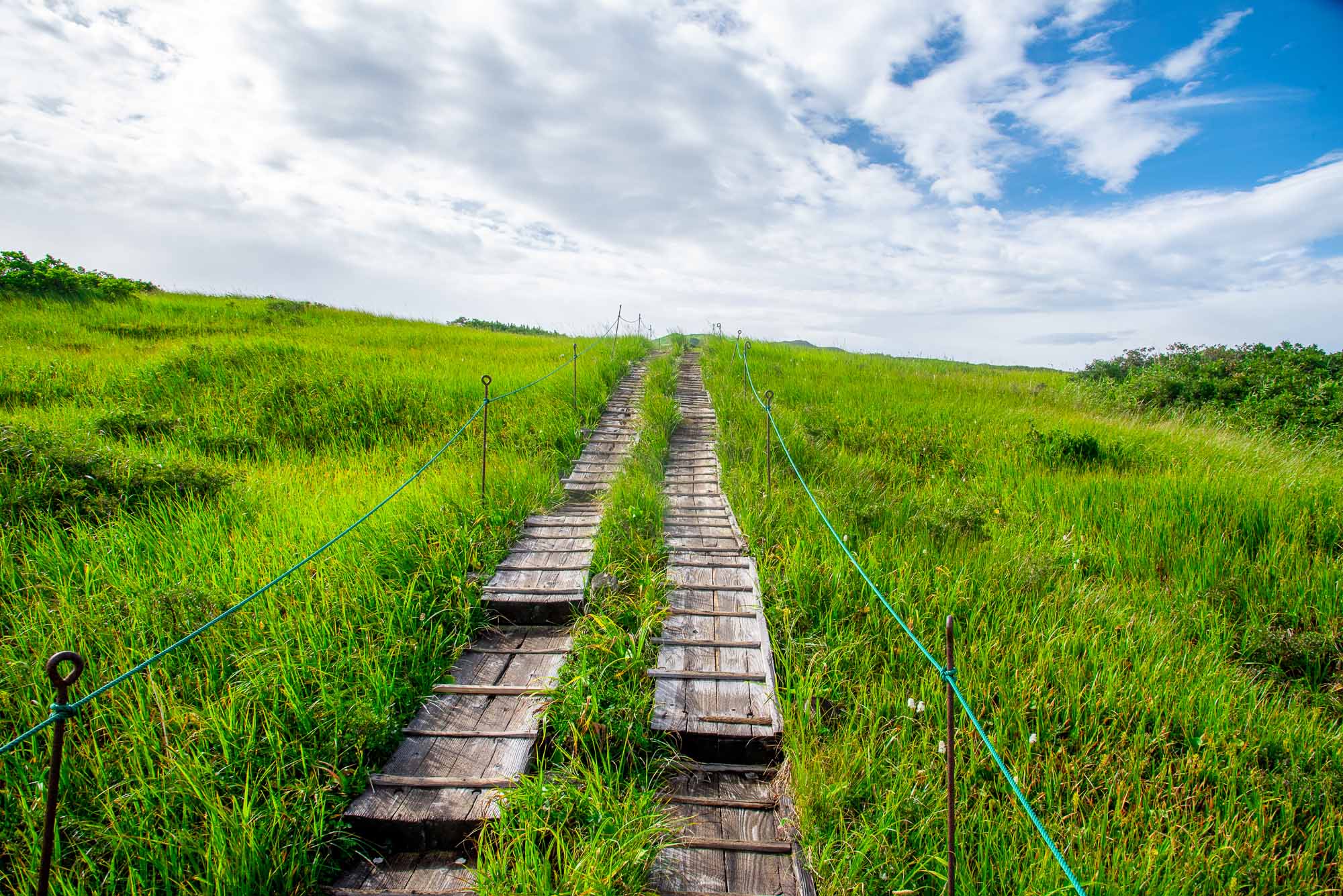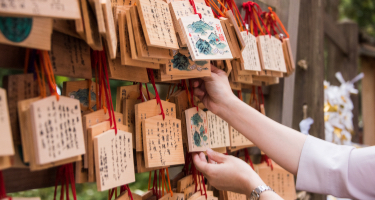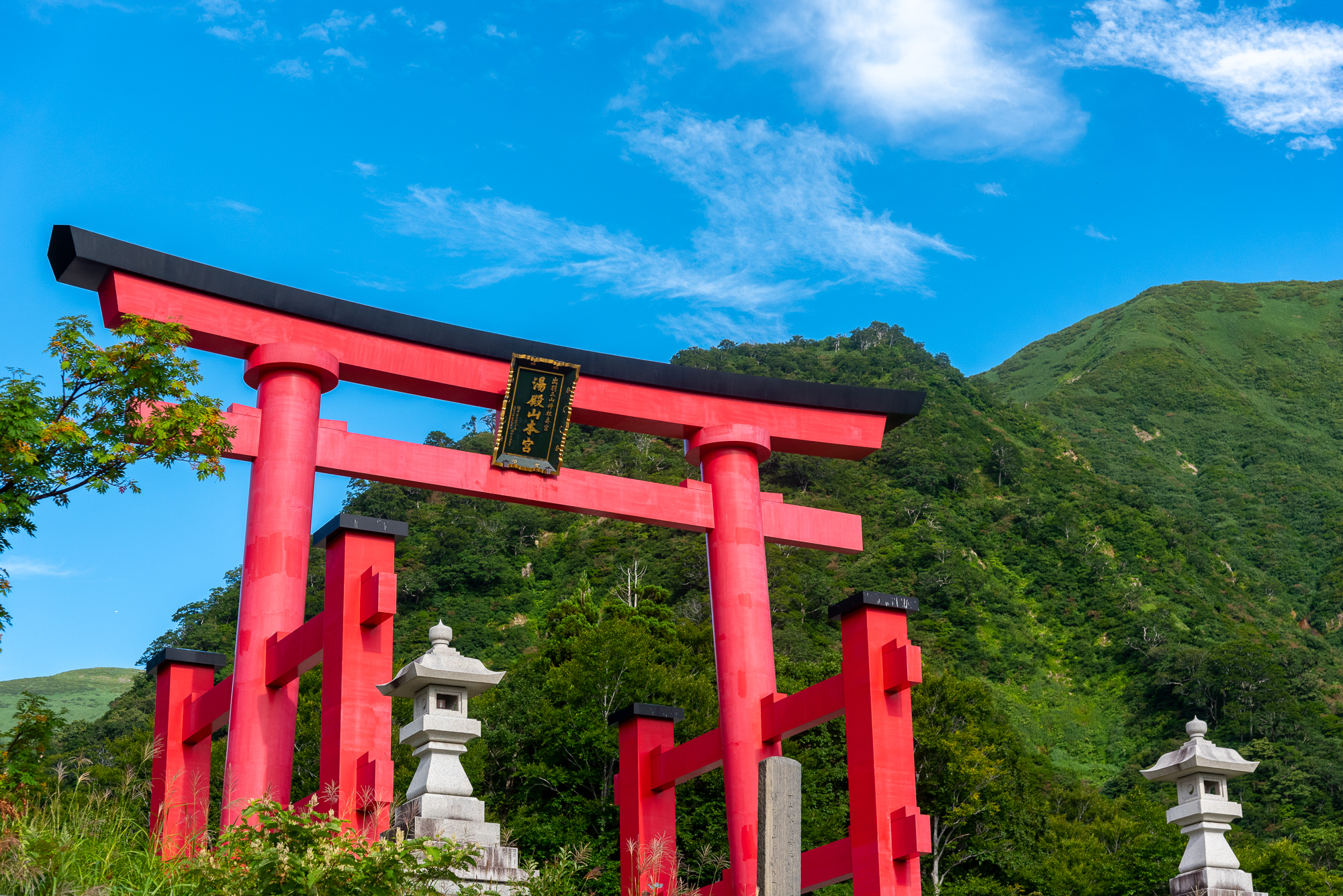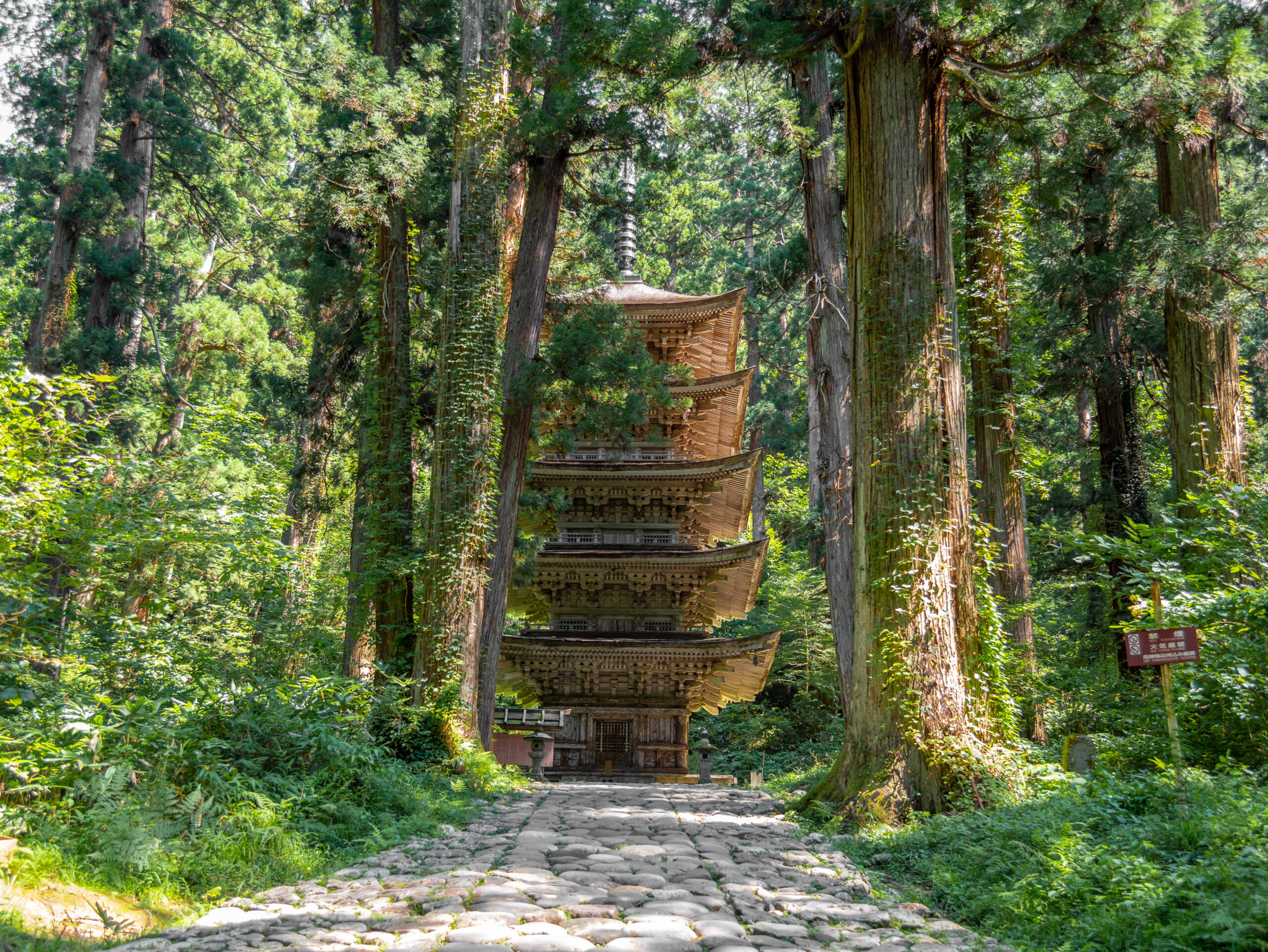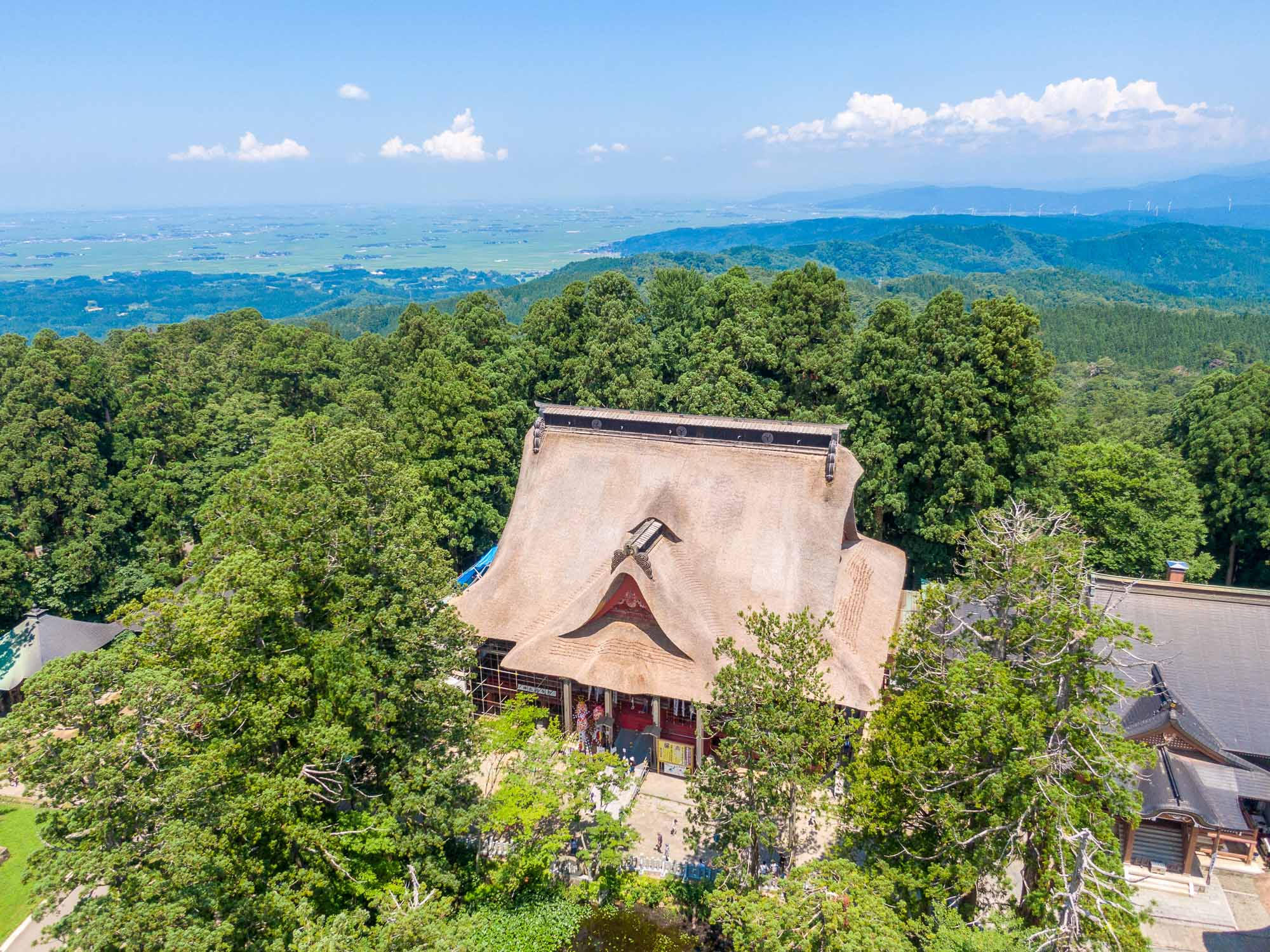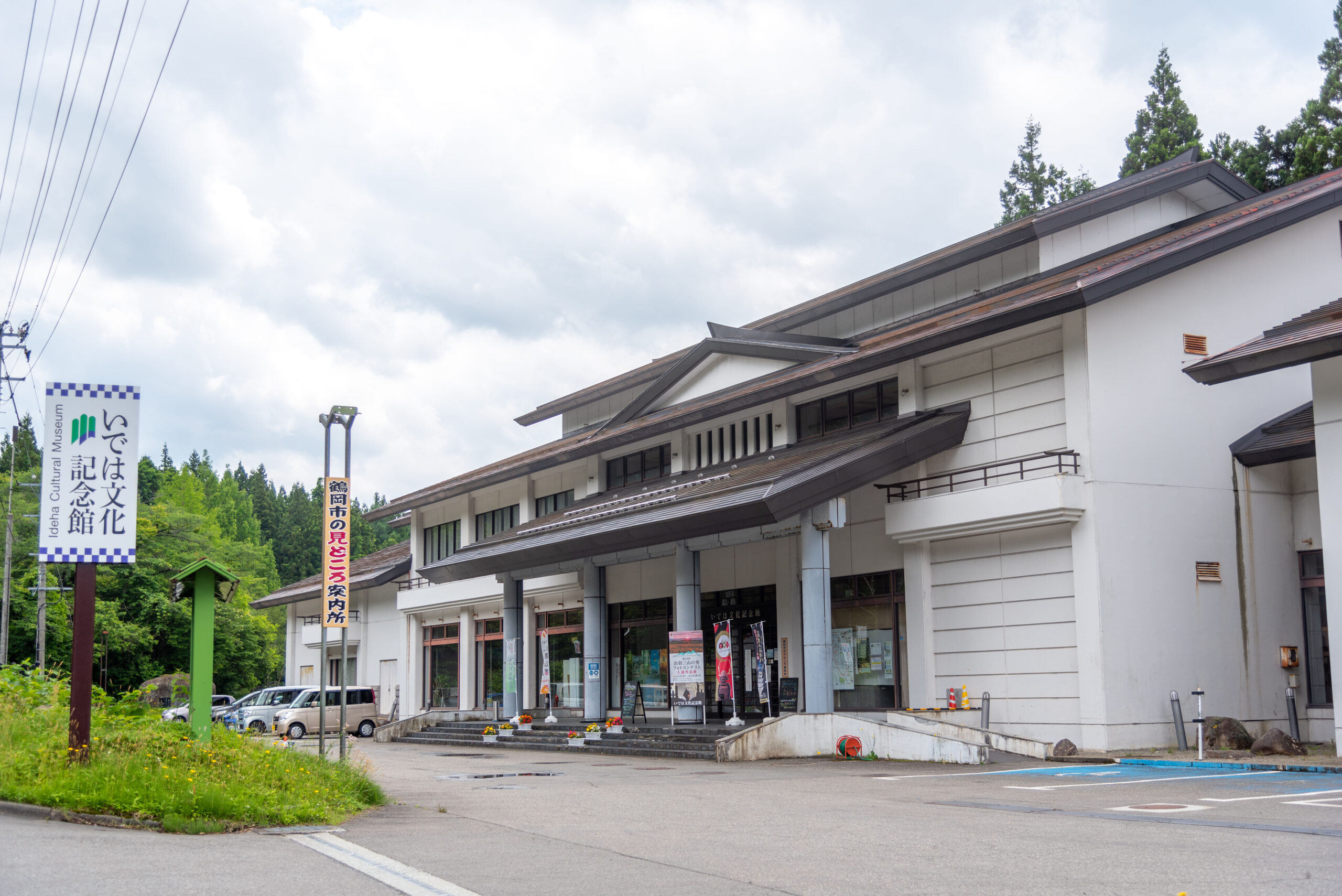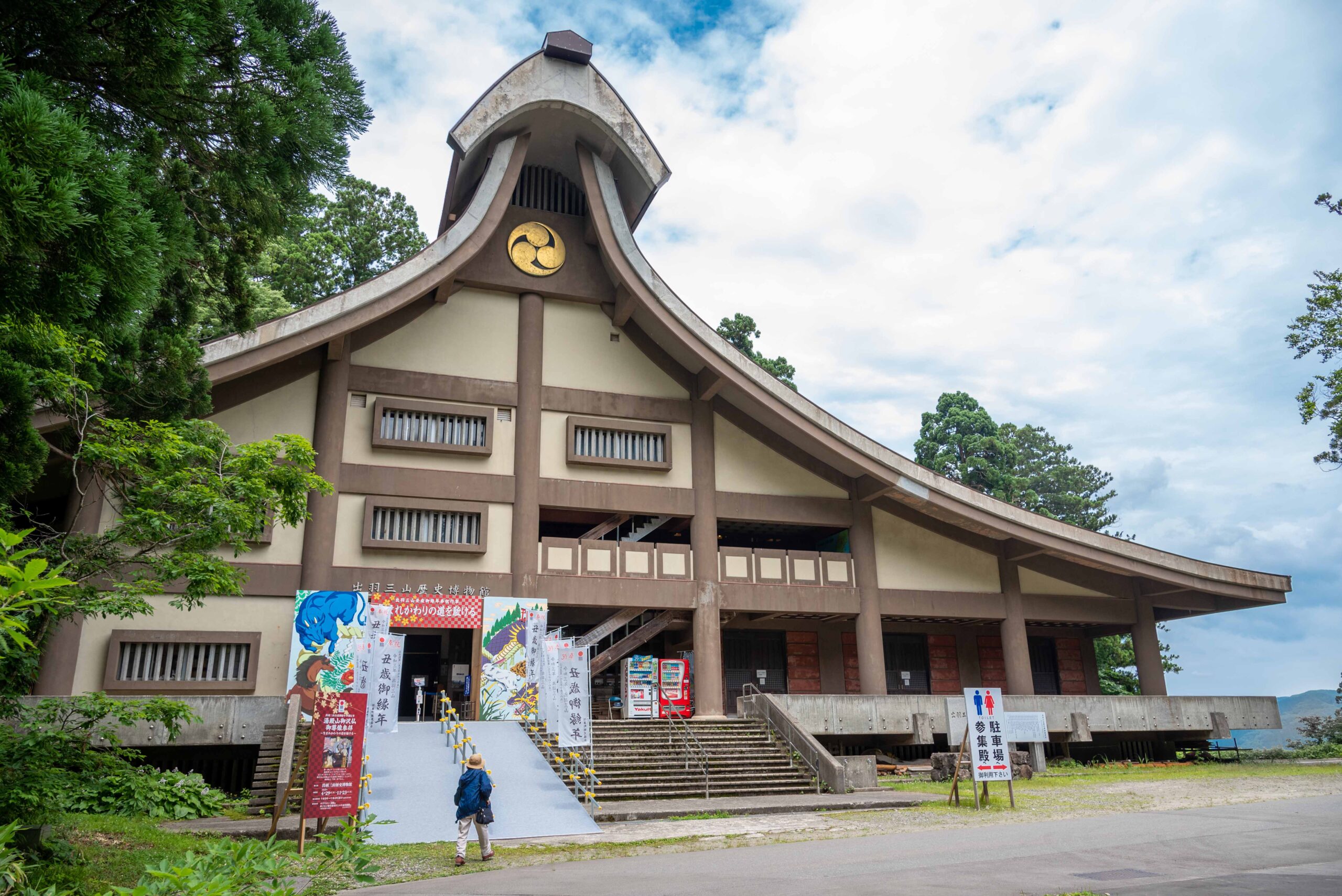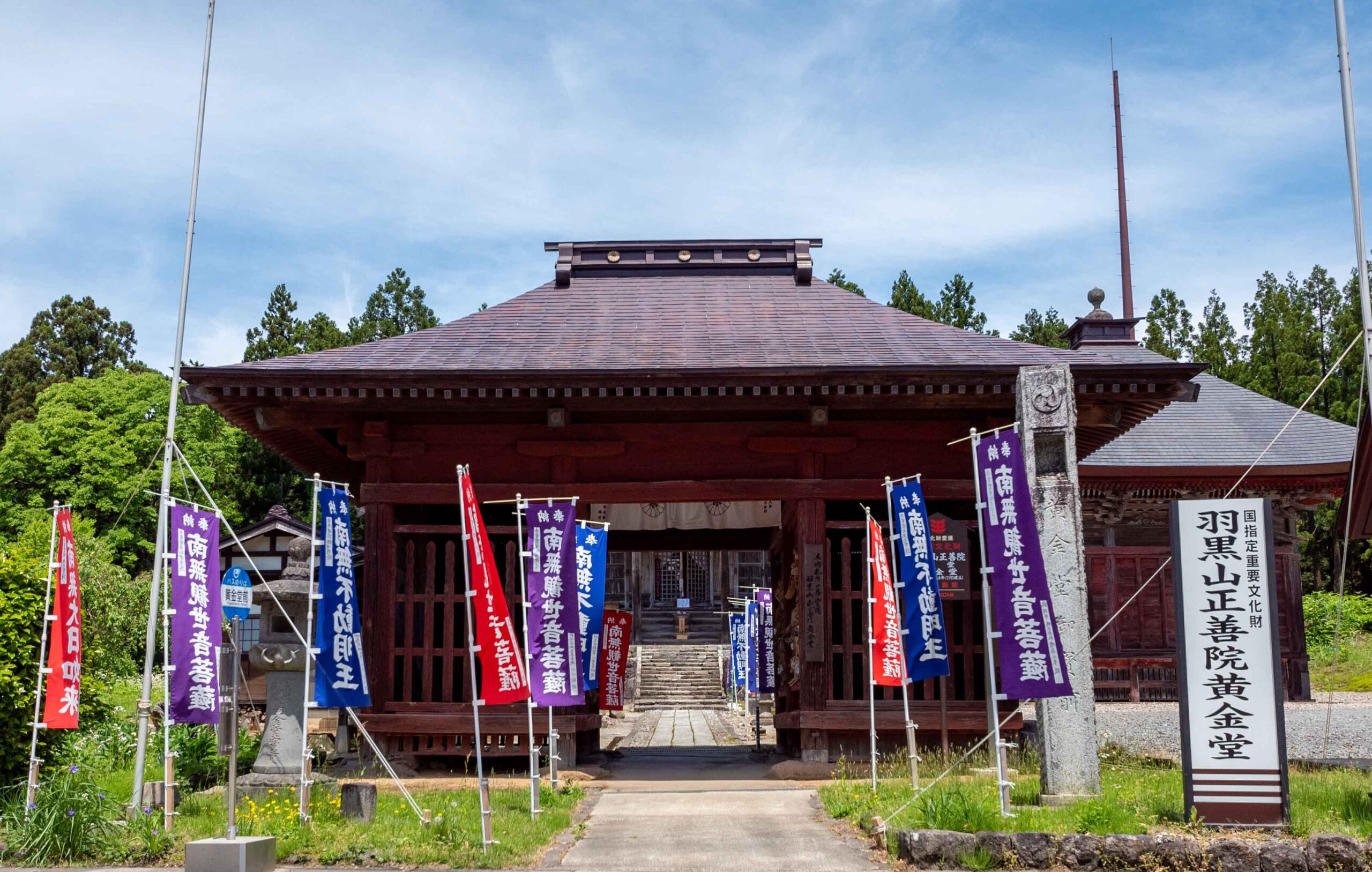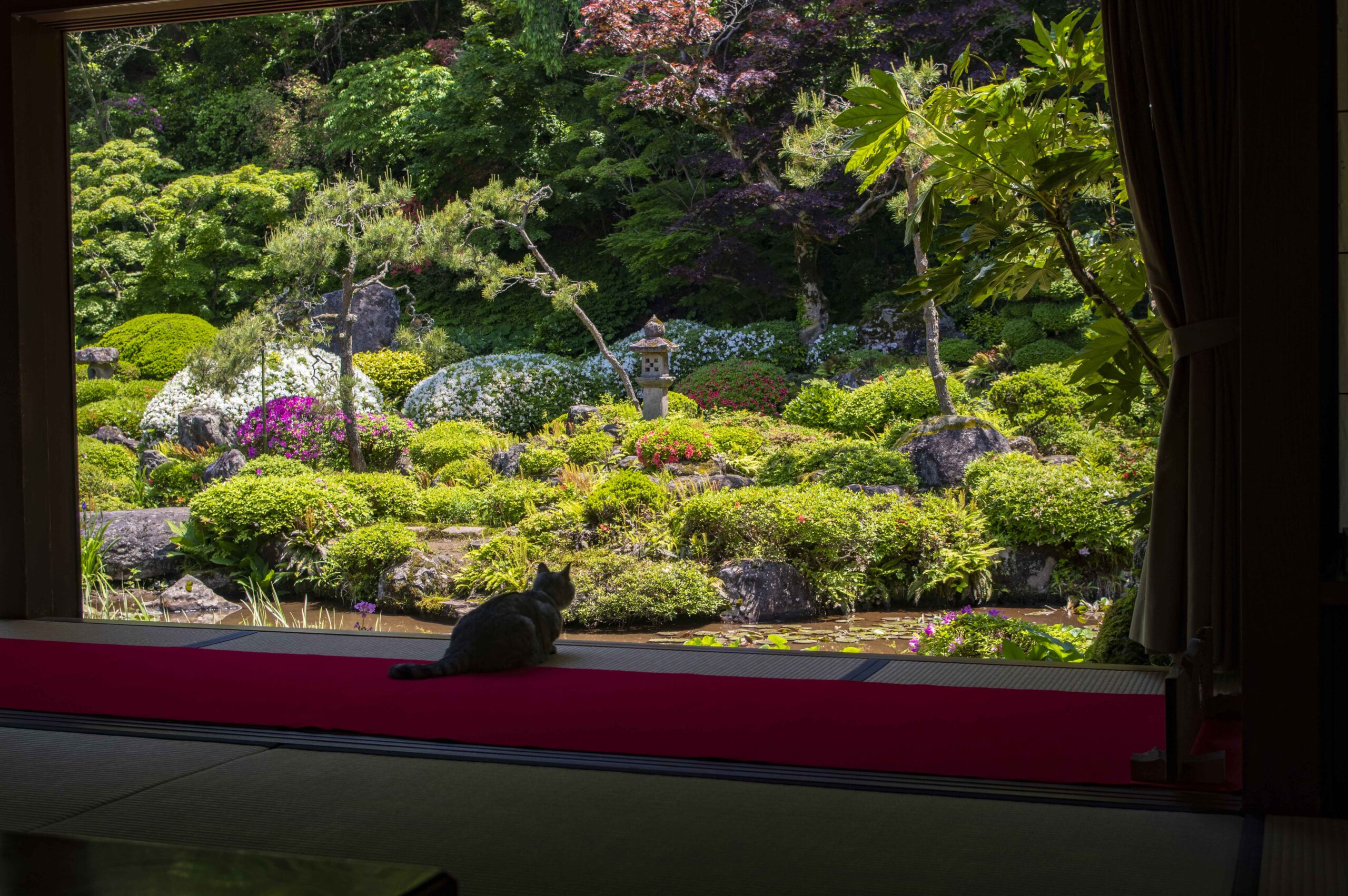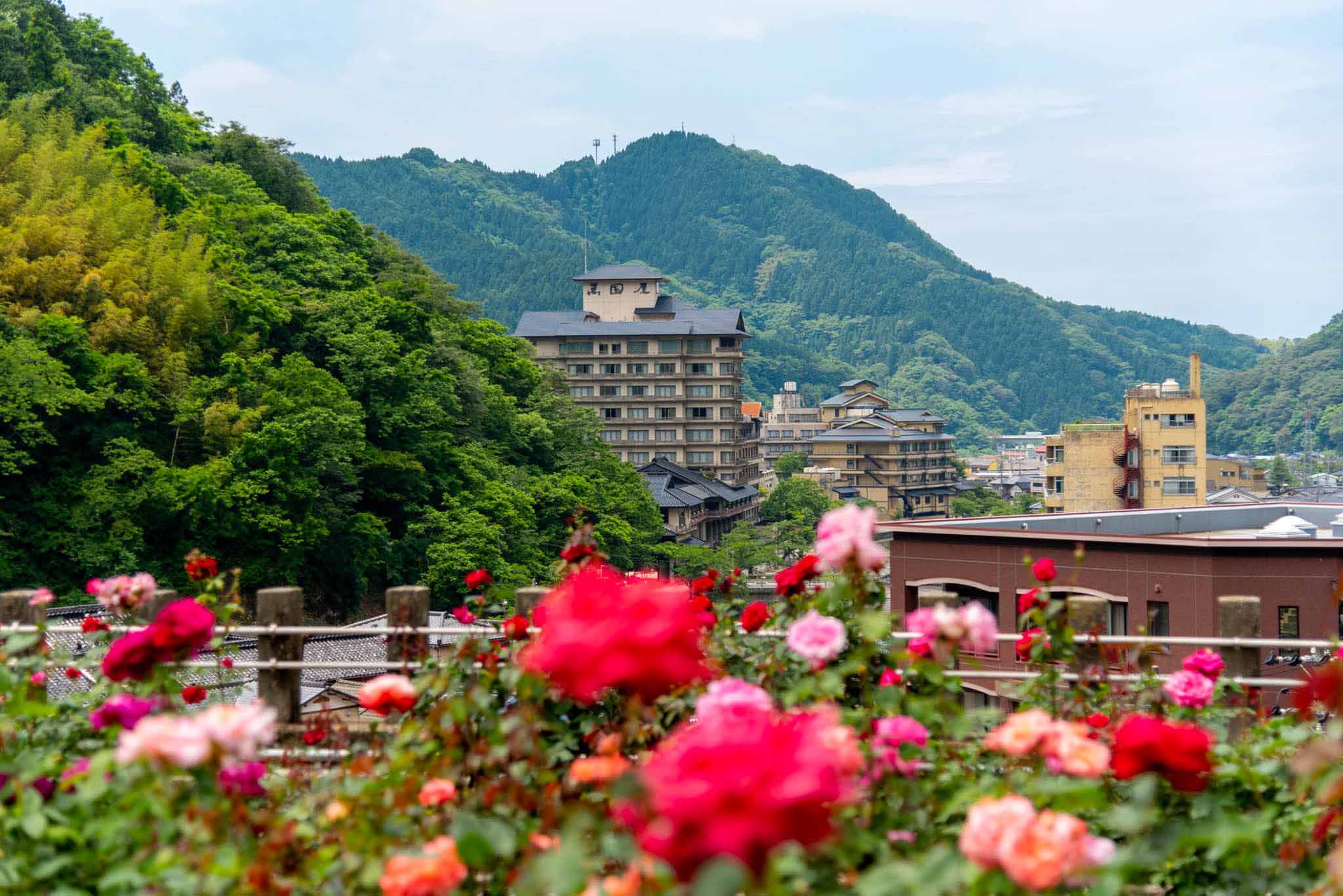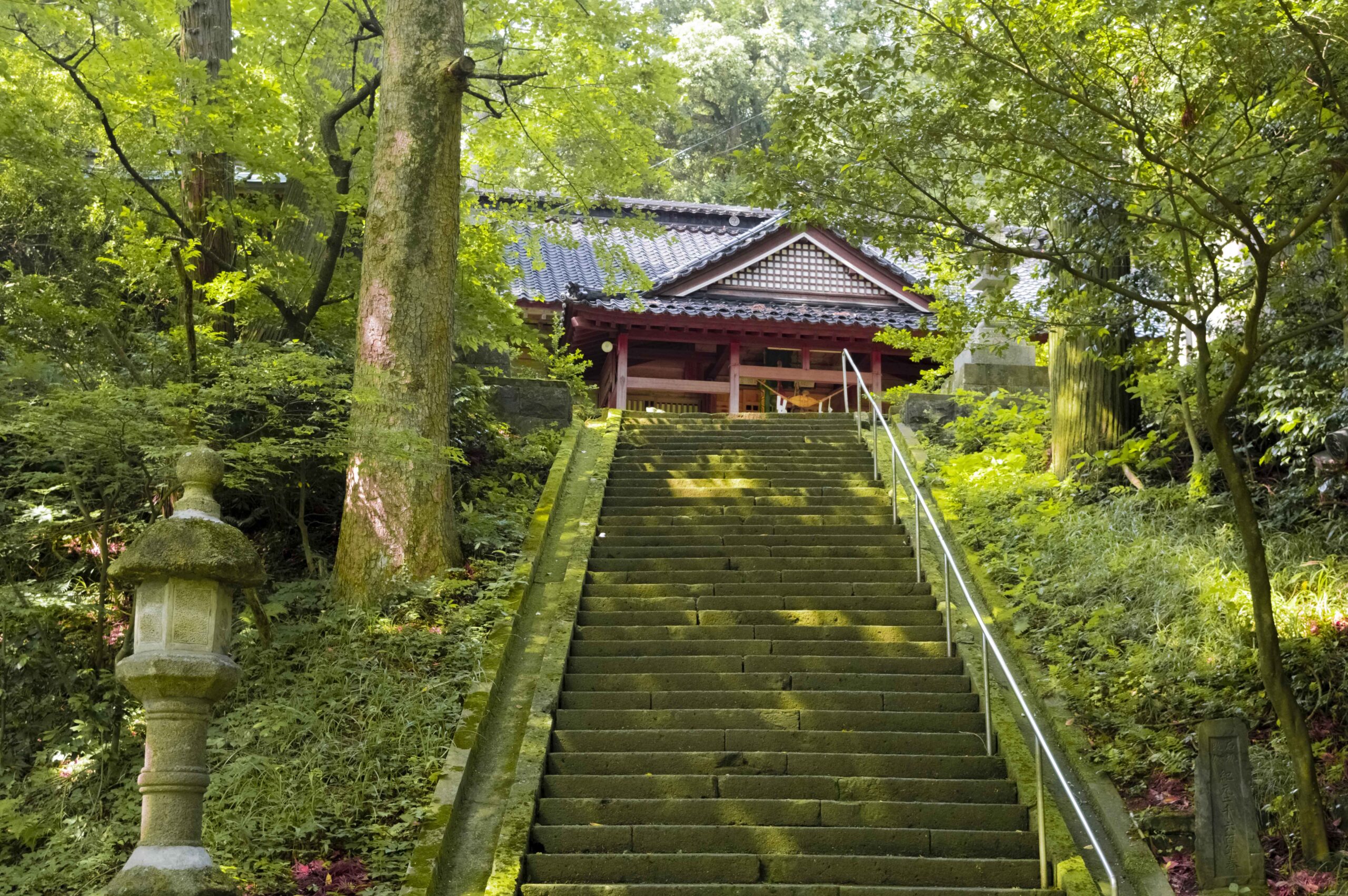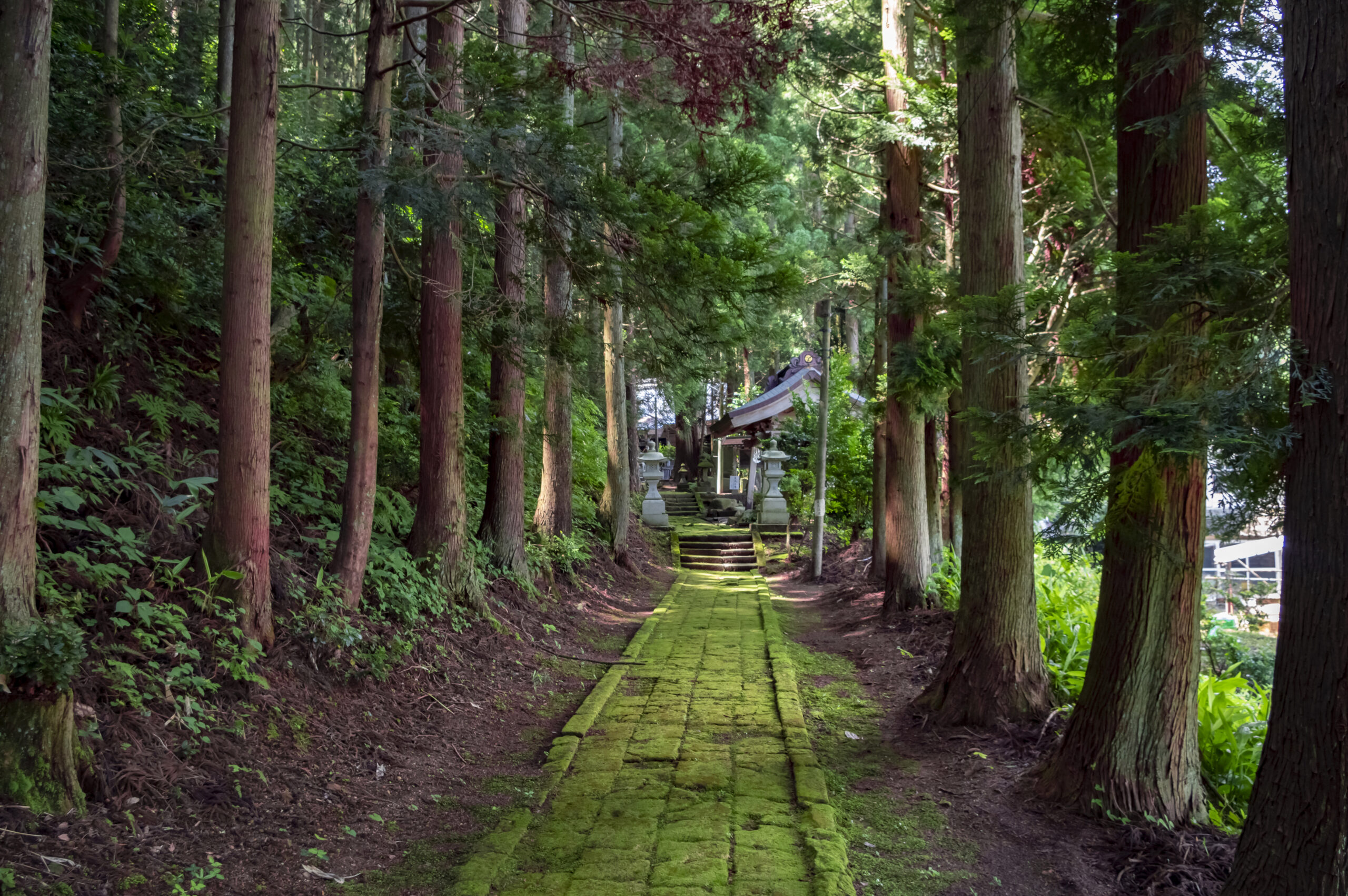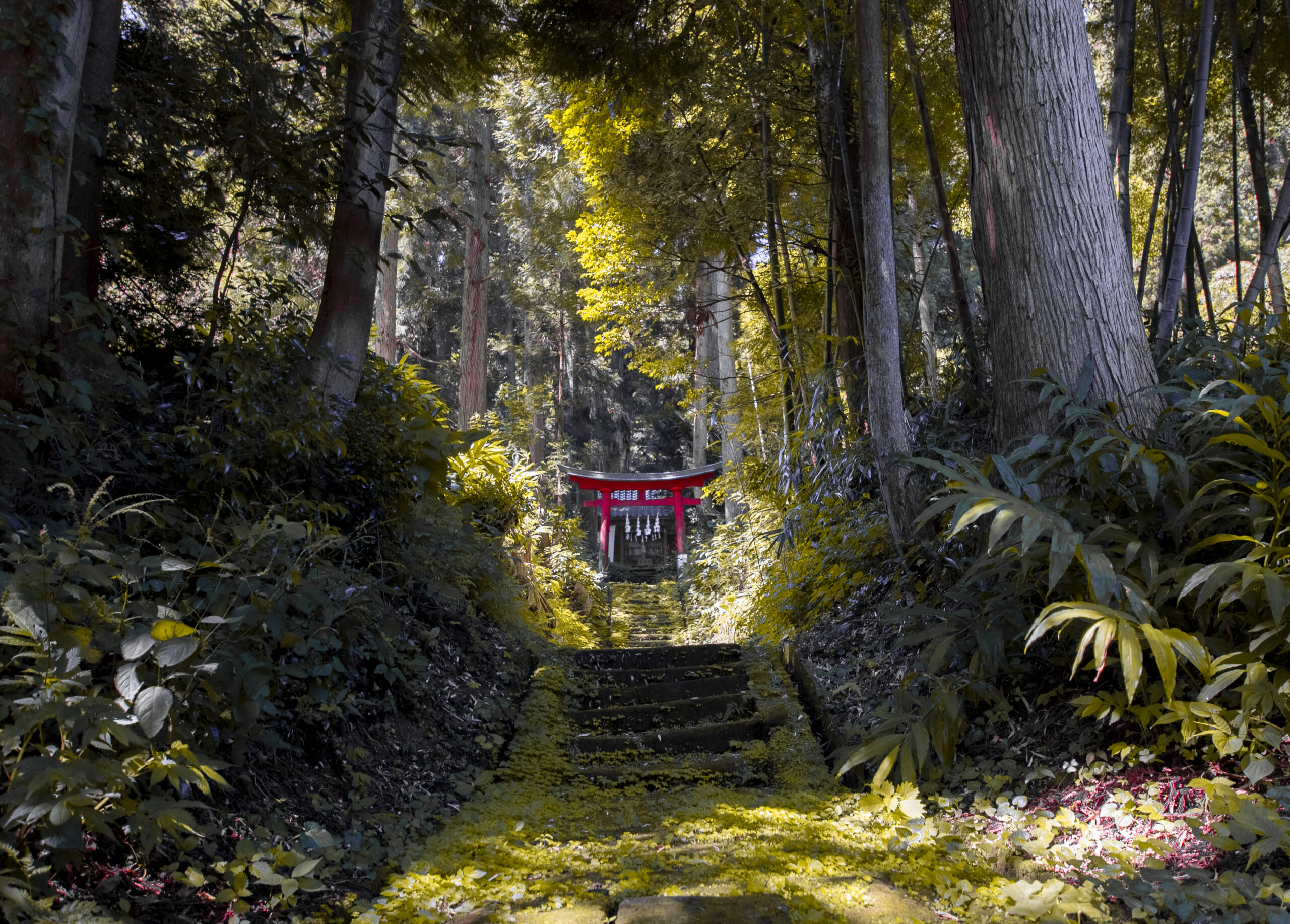The Dewa Sanzan Shrine, known as Dewa Sanzan-jinja in Japanese, is situated within the Sanjingosaiden structure atop Mt. Haguro. Reconstructed in 1818 following a destructive fire, this shrine serves as the sacred home for the three deities representing the Dewa Sanzan, which includes Mt. Gassan and Mt. Yudono. Pilgrims can offer year-round worship to these gods, overcoming the winter inaccessibility of Mt. Gassan and Mt. Yudono due to heavy snowfall, while Mt. Haguro, the smallest of the trio, remains accessible thanks to its (relatively) light snowfalls.
The Dewa Sanzan Shrine is a focal point for religious ceremonies and decision-making related to the Dewa Sanzan. Daily prayers occur every hour from 8:40 am to 3:45 pm, offering a free spectacle for observers. However, participation in the prayer, including receiving a blessed votive plaque, incurs a fee of 5,000 yen per plaque (with one name per plaque; group participation costs 15,000 yen per group).
Adjacent to the Dewa Sanzan Shrine is the Sanshuden, a gathering hall, providing a free resting space for all visitors on Mt. Haguro. It includes amenities such as toilets, amulet-selling counters, drink vending machines, and the “Senbutsudo” (Thousand Buddha Hall), a free museum featuring Buddhist statues. This area is also where visitors can express their interest in joining the shrine’s prayer.
Notably, the Sanjingosaiden boasts the thickest thatch roof in Japan, measuring 2.1 meters in thickness, and is frequently undergoing renovation. Additionally, the giant bell and its belfry located in front of the Sanshuden hold the designation of a “National Important Cultural Property.”
